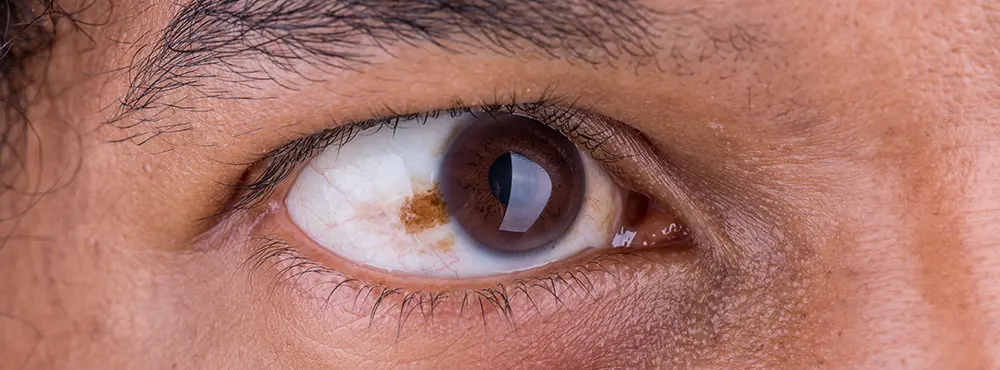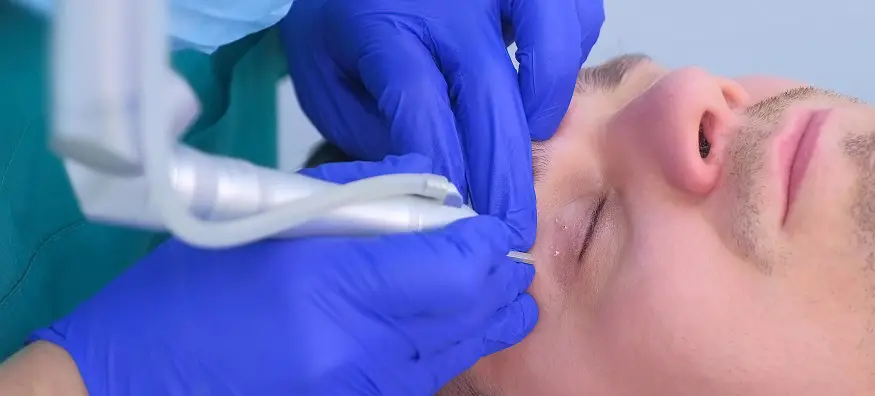Can you prevent eye melanoma?
The best way you can prevent developing eye cancer is to always wear sunglasses with UV protection. All of the sunglasses sold at Feel Good Contacts protect against 100% of UVA and UVB rays, so you can enjoy the sun safe in the knowledge that you are protected. Wrap-around frames and oversized styles are some of the best sunglasses for protection because their larger surface area gives extra coverage around the eyes. We advise not to buy cheap sunglasses in the market or fake copies of branded sunglasses, as these often don’t provide full protection.
You can also wear wide brim hats when outside. Having regular eye tests is also an important part of keeping your eyes healthy. Your optician can spot any issues with your eyes during a routine eye test before they can develop into anything more severe. You should visit your optician at least every 2 years and sooner if recommended.
Disclaimer: The advice in this article is for informational purposes only and does not replace medical care or an in-person check-up. Please check with an eyecare professional before purchasing any products or remedies. For information on our article review process, please refer to our Editorial Policy.

 Offers
Offers Account
Account
 Favorite
Favorite
 Basket
Basket

 OFFERS
OFFERS
















